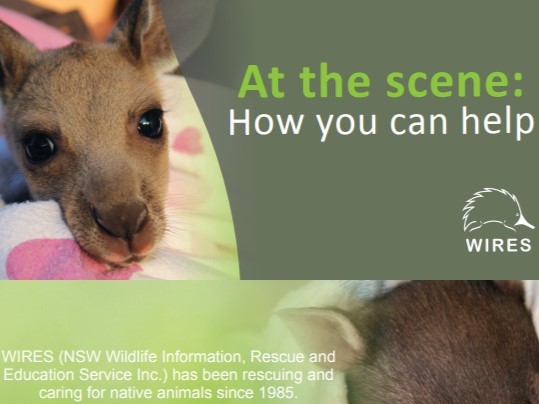Environment Protection Authority Victoria (EPA) South West Regional officers have conducted a series of unannounced dairy farm inspections to check on effluent management at dairies within the South West Region.
Twenty five dairies were visited over three days in late July in the Curdies River catchment in the Otways.
EPA South West Regional Manager Carolyn Francis said the inspections were aimed at ensuring farmers understood their responsibility under the General Environmental Duties of the Environment Protection Act 2017 which requires that everyone, including dairy farms, must minimise the risk of harm to the environment from their activities.
There have been recent concerns for the health of the Curdies River following algal events that led to multiple fish deaths. EPA works with partner agencies and the industry to develop a better understanding of the environmental issues in the catchment and the contributing factors to water quality.
“Most farmers are doing the right thing and have good effluent management practices, and we were reassured by the high levels of compliance we saw,” said Carolyn.
“We have given some formal compliance advice where needed and we’ll follow up to ensure that it has been acted on. Two of the 25 dairy farms were not properly controlling their effluent and allowing it to discharge in a way that it could harm waterways, so we will put more explicit requirements on these farms using legally enforceable notices. If these actions aren’t taken, we will not hesitate to use all our powers to enforce the law.”
Ms Francis said further inspections across the South West Region would follow. The GED draws on a state of knowledge, or things that are reasonably expected to be known about risks and ways to manage them, and farms not inspected by EPA still have a legal obligation to ensure that effluent is well managed on site. There is plenty of support out there for farmers including on-site visits by trained system designers.
How dairy effluent affects the environment
Dairy farm effluent (liquid waste and sewage) can pollute rivers, creeks and other waterways via single sources, such as pipes or drains or diffusely via inappropriate application to land causing runoff. These pollutants can wash into waterways after rainfall. Pollutants can include:
• nutrients from effluent
• pesticides
• fertilisers
• milk from washdown, spillage and waste milk
• soil washed into streams in rainfall run-off. These can be sources of ground and surface water pollution. If stock have access to waterways, they can also pollute the water and speed up erosion.
Polluted waterways are a risk to:
• people’s health
• aquatic life
• ground species that rely on waterways.






